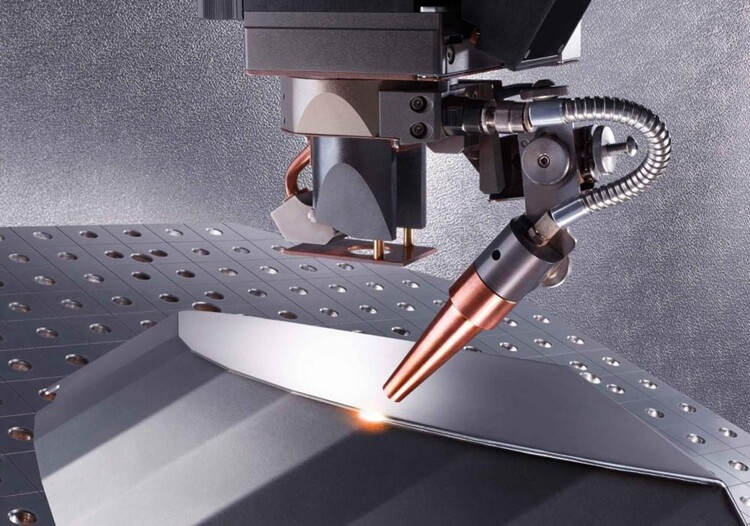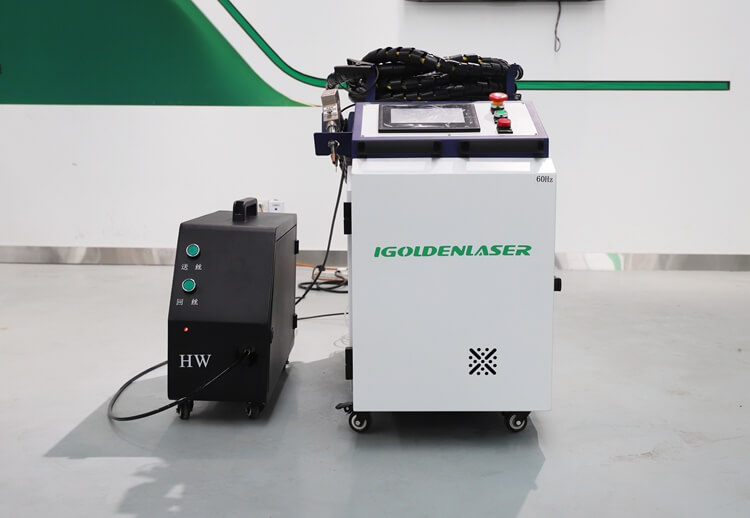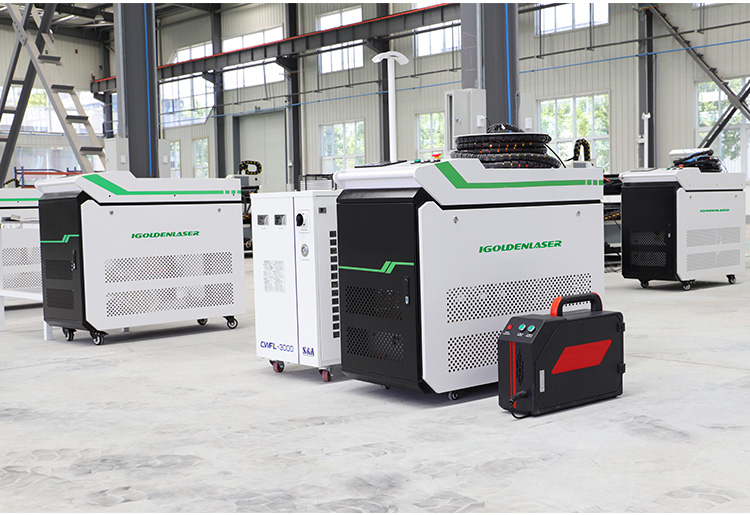Laser Knowledge
Steel Laser Welding Machine Breakthrough Metal Products Welding New Process
With the technological development of laser intelligent equipment, in addition to the continuous development of laser cutting technology, laser welding equipment also came into being, bringing innovation in the traditional welding process. Laser welding is a non-contact welding process that does not require pressure. Its working principle is to irradiate a high-energy laser beam directly onto the surface of the material, and through the interaction between the laser and the material, the material melts internally and then cools and crystallizes to form a weld seam. Today’s sheet metal processing industry, Metal Welding with its flexible and convenient advantageous features, widely used in cabinets and kitchens, advertising, stairs and elevators, stainless steel guardrails, distribution boxes, chassis and cabinets, doors and windows manufacturing, stainless steel furniture and other industries, it can effectively carry out complex and irregular welding processes, and, when welding operations, no consumables, can effectively help companies save time and reduce costs.
Features of laser welding equipment:
Integrated structure design, comply with majority of the laser source available in the market;
Low running cost, only 1~2Kw/h electricity and little nozzle cost;
Dual-temperature control water chiller, support both laser source and welding head, ensure long term stable operation;
O-type, Line-type and dot-type wobble welding types for option, swing width ranges 0~5mm;
Equips digital display barometer, with low pressure alarm function to help adjusting air pressure;
Touch screen control panel, easy for parameter adjusting, less relying on skilled welding technicians;
Ergonomic design welding head, optional elastic weight reducer, make it easy for long time operation.
The mechanism of pulsed laser welding
Heat transfer melting welding means that when the laser light is irradiated on the surface of the material, the material absorbs light energy and heats and melts. The heat of the surface layer of the material continues to be transferred to the depth of the material in a conductive manner until the contact surfaces of the two parts to be welded are melted and welded together.

Deep penetration melting welding means that when a laser beam with a higher power density is irradiated on the material, the material is processed, melted and gasified, resulting in a large vapor pressure. Under the action of the steam pressure, the molten metal is squeezed into the Around the irradiation place (the molten pool presents a pit, as the laser beam continues to irradiate, the pit becomes deeper and deeper, and penetrates into another workpiece. After the laser stops irradiating, the melt that is displaced around the pit is The metal flows back into the pits and solidifies to weld the workpieces together.
The two laser welding mechanisms are related to factors such as power density, irradiation time, material properties, and welding methods. When the power density is low, the irradiation time is long and the weldment is thin, the heat transfer melting mechanism is usually the main process. On the contrary, it is mainly carried out by the deep penetration melting mechanism.



Machine is here, arrived on Wednesday. We assembled it yesterday and everything seems ok. And now I will try to use. I really like it. Thank you!
Have you ever thought about adding a little bit more than just your
articles? I mean, what you say is important and all. However just imagine if
you added some great pictures or video clips to give your
posts more, “pop”! Your content is excellent but with images and videos, this blog could certainly be one
of the very best in its niche. Great blog!